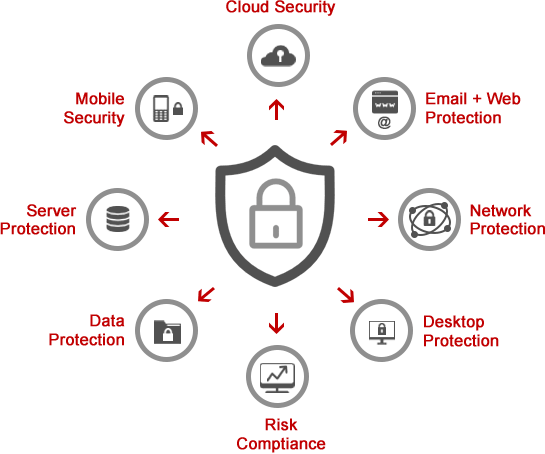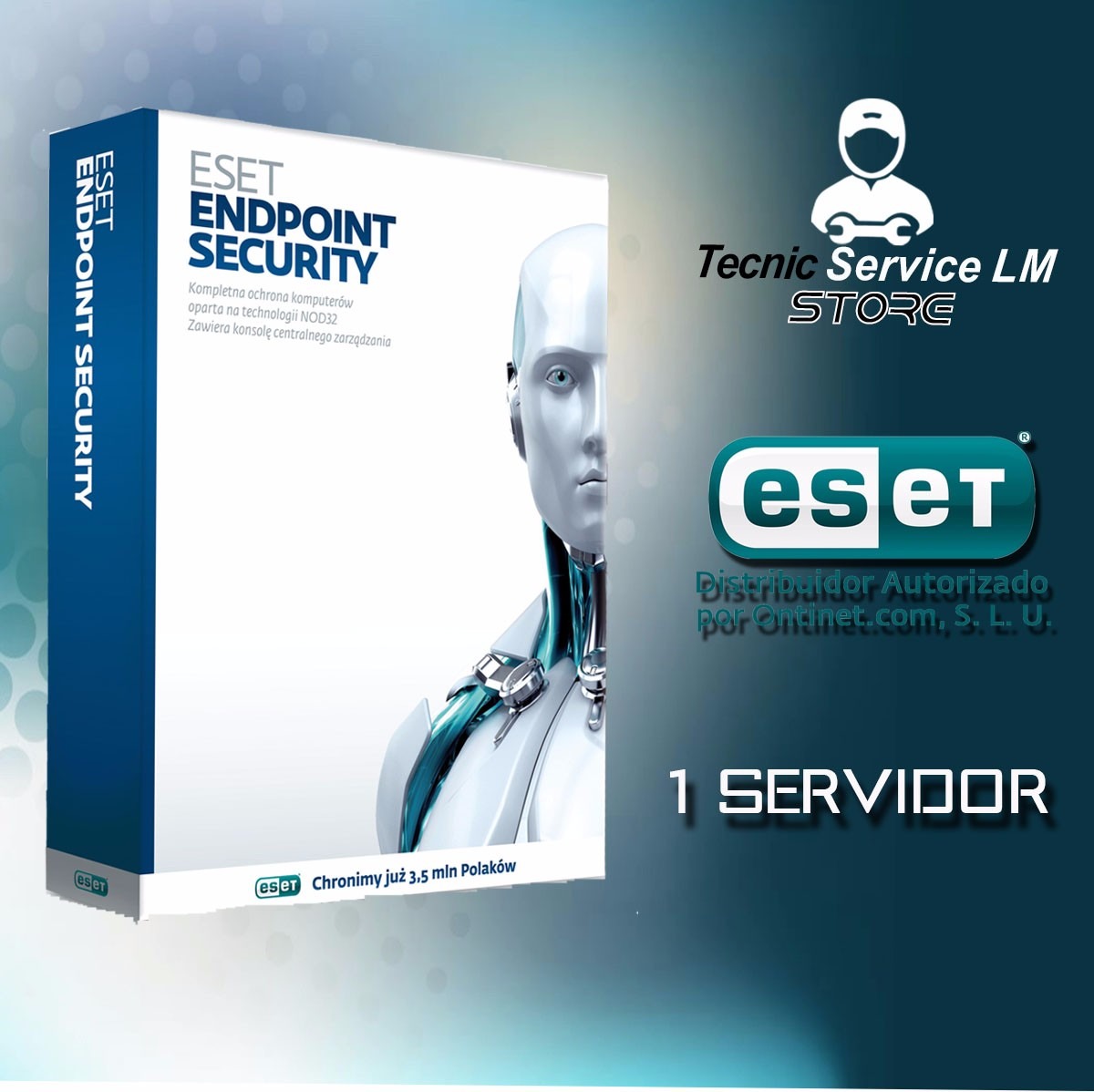


When looking at the configuration of the device control settings, the most settings are pretty straight forward to configure. Configuration of the device control settings
Endpoint usb security license#
Note: As with most Microsoft Defender functionality, the configuration options (protect) are available within a Microsoft 365 E3 license and the reporting options and more (detect and respond) are available within in a Microsoft 365 E5 license. This post will walk through the actions to configure the different device control settings, followed with a look at the user experience. Most of these settings – with exception of the printer settings – are configurable via the endpoint security options, but most settings are actually configured via different CSPs on the Windows device.

Besides that it’s even possible to get creative with printers.
Endpoint usb security Bluetooth#
That can be achieved by looking at the hardware device installation, at the removable storage and at the bluetooth connections. The idea is also pretty straight forward: control which devices can connect to a Windows device. That is achieved by limiting the devices that can be connected to a Windows device. Device control is often referred to as a feature of Microsoft Defender for Endpoint and is focused on preventing data leakage.


 0 kommentar(er)
0 kommentar(er)
